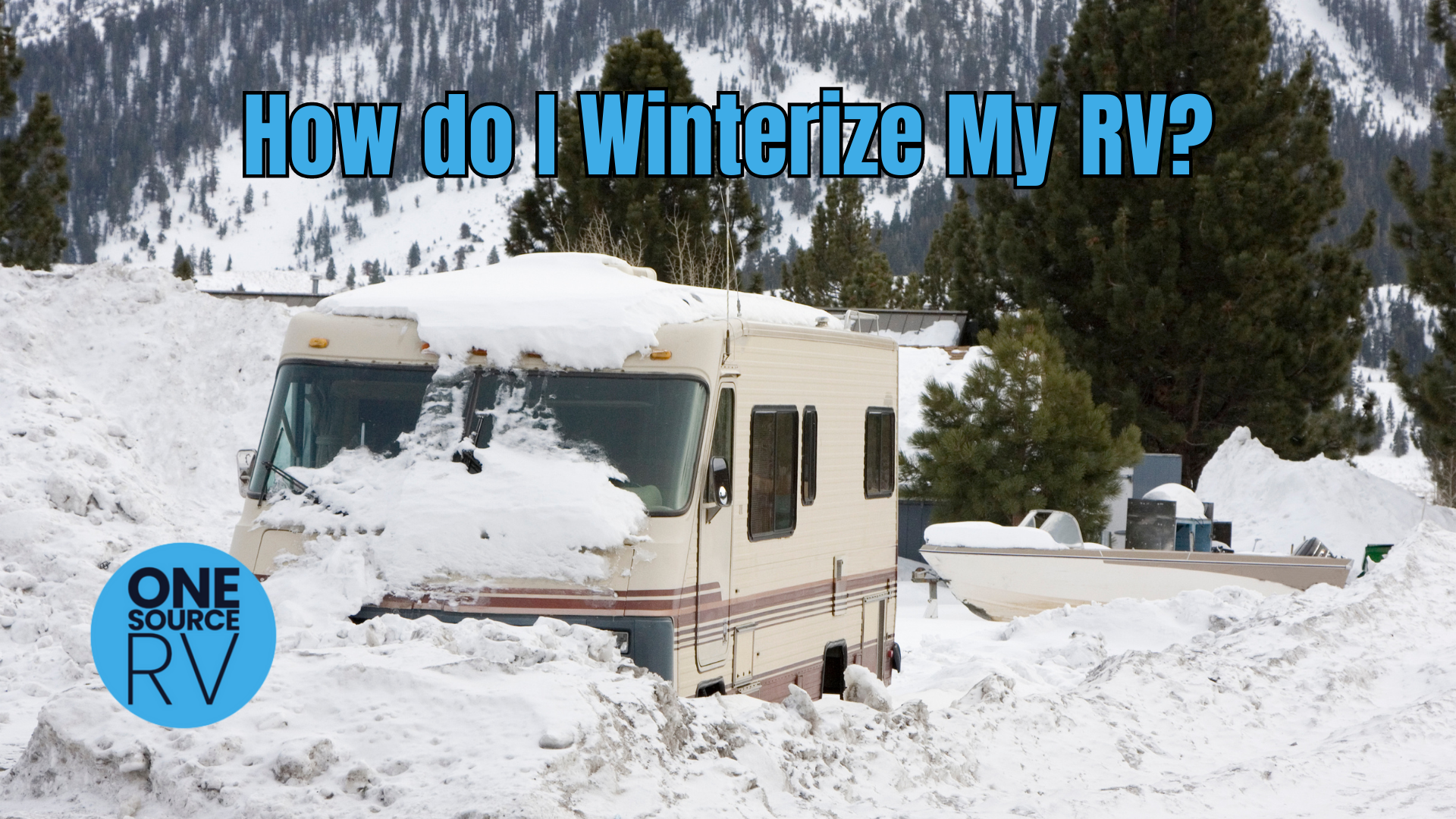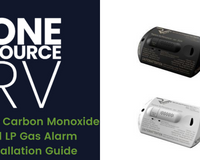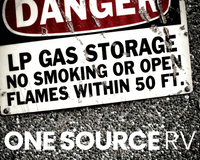Winterizing your RV is an important step to protect it from the cold temperatures and potential damage that can occur during the winter months. Here are the general steps to winterize your RV:
Drain the water system: First, turn off the water supply and open all the faucets and valves to drain the water from the system. This includes draining the fresh water tank, water heater, and any other water tanks or lines, including the low point drains
Protect the water heater: If your RV has a water heater, drain and flush it, and then bypass it so that antifreeze does not enter it while adding antifreeze to the water system. This will protect the water heater from freezing and being damaged. Many RV’s come with a water heater bypass from the factory. You can add an aftermarket water heater bypass kit if your 6 or 10 gallon water heater if your RV does not have one installed.
Add antifreeze to the plumbing system: Once the water has been drained, use a water pump converter kit to pump RV antifreeze into the plumbing system. Pump RV safe antifreeze into the system, making sure antifreeze is detected at each faucet and toilet. This will protect the pipes and fittings from freezing and potentially bursting. Run the pump until the antifreeze comes out of all the faucets, showerheads, and toilet.
Drain and protect other systems: Drain and protect other systems such as the sewage tanks, washer/dryer, dishwasher and ice maker. This may involve adding antifreeze or lubricant to these systems to protect them from damage or simply draining any water from the appliance. Read your manufacturer's manual for proper instructions on each appliance
Seal the RV: Close all windows, vents, and doors to prevent drafts and protect the interior from moisture and pests. Cover any exterior vents or openings with vent covers or foam insulation.
Protect the tires: Inflate the tires to the recommended pressure and cover them with tire covers to protect them from the cold weather and UV damage.
Store the RV: Store the RV in a covered, dry, and protected location. If storing outside, cover the RV with a weatherproof cover to protect it from the elements.
It's important to note that the specific steps for winterizing your RV may vary depending on the type and model of your RV. Always refer to your RV owner's manual and follow the manufacturer's recommendations for winterizing your specific RV. Additionally, it may be a good idea to consult with a professional RV service technician for guidance and assistance in winterizing your RV.
How do I Winterize My RV?
RV TipsKenneth Blackmon
Popular posts
Featured Items
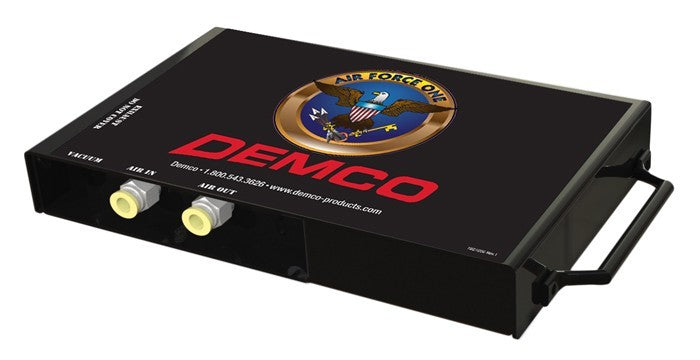
Sale price$996.95
Demco | 6271 | SMI Air Force One Supplemental Braking System Second Car KitDemco
1 review
Call for availability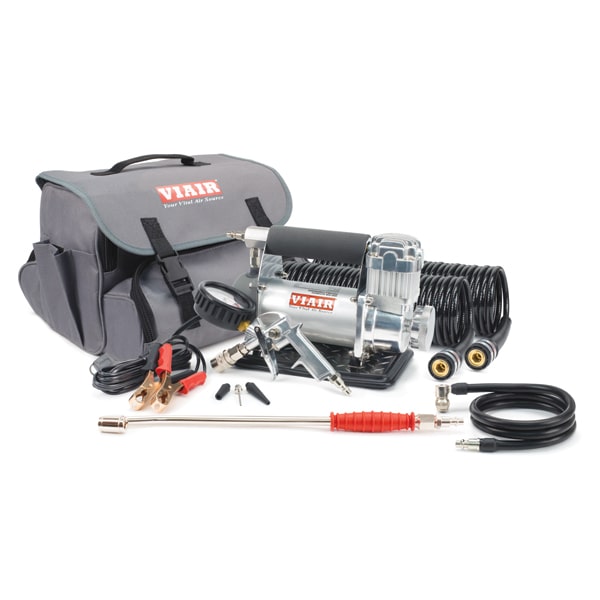
Sale price$374.45
VIAIR | 40044 | 400P-RVS Automatic Portable Compressor KitViair
2 reviews
Call for availabilityJoin Us
Subscribe and Save 10% Off your order of $50 or more!

